Output Noise
I use a Class 1 Bruel & Kjaer 2270 G4 sound analyzer equipped with a Type 4955a microphone with a dBA-weighted dynamic range of below 6 dBA and up to 110 dBA. All tests are conducted inside a hemi-anechoic chamber with a noise floor close to 6 dBA and an ambient temperature of 25–28 °C. The test subject is placed a meter from the sound analyzer.
Full & 70% Speed
It keeps its noise output low compared to fans with similar maximum speeds.
Speed (Percentage) – Noise
I use a different setup to drive the fan for noise measurements, so there might be a difference in the readings of the Longwin machine, especially in the max fan speed reading.
Pages:

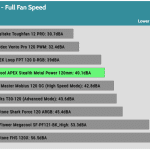
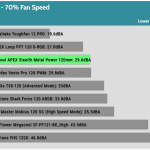
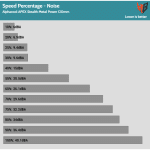
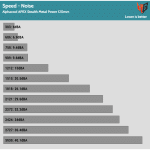
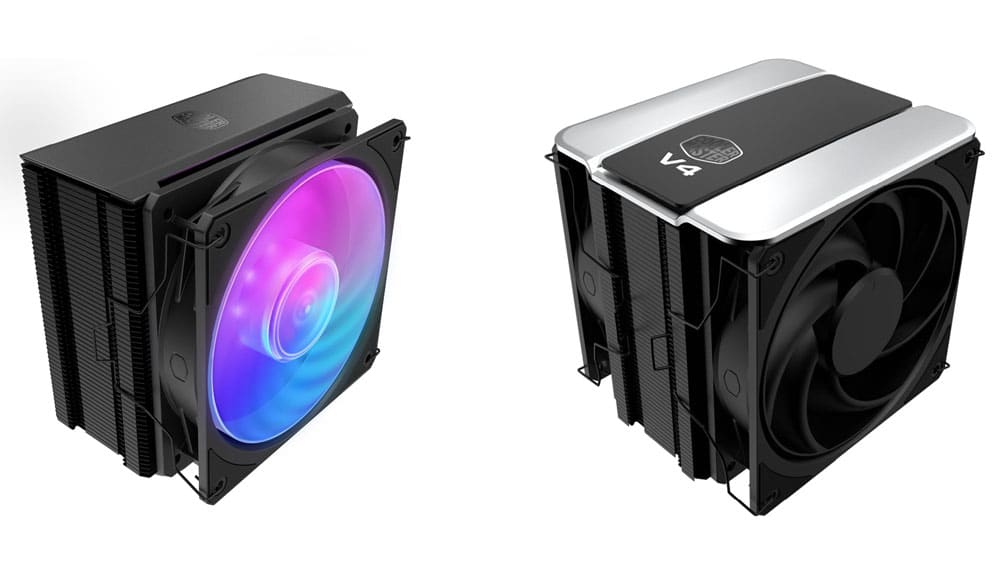

Is there a wiring diagram available for the Alphacool Apex Stealth 2000 fan? We are using in a non-computer application & need to know which wire/pin is ground.
usually the black pin is ground
The Phanteks T130-120 might not leave room for competition, but it’s the only one 30 mm high, instead of 25 as all the others.
Looks a tiny bit unfair this way, if you ask me.
Very good review. Love the page 8 normalized noise tests.
– Woud love a ”real world” thermal test like der8auer did with a radiator too. Lot of numbers, cfm, noise etc but what does it translate in °C ?
– Wish you added to the charts : Noctua NF-A12x25 PWM /// be quiet SILENT WINGS PRO 4 120mm PWM /// ARCTIC P12 Max
And when you hit the max speed for exemple noctua remove it for the later stages.
I usually set my fans 800-1000 RPM idle and 1300-1800 for gaming.
We will add more soon. We are re-testing most stuff right now.
A real-world test would only cover 1% of all possible scenarios because some radiators need high airflow, others high static, and others a mix.
In the real world, you see static in cooling systems and airflow for chassis use.